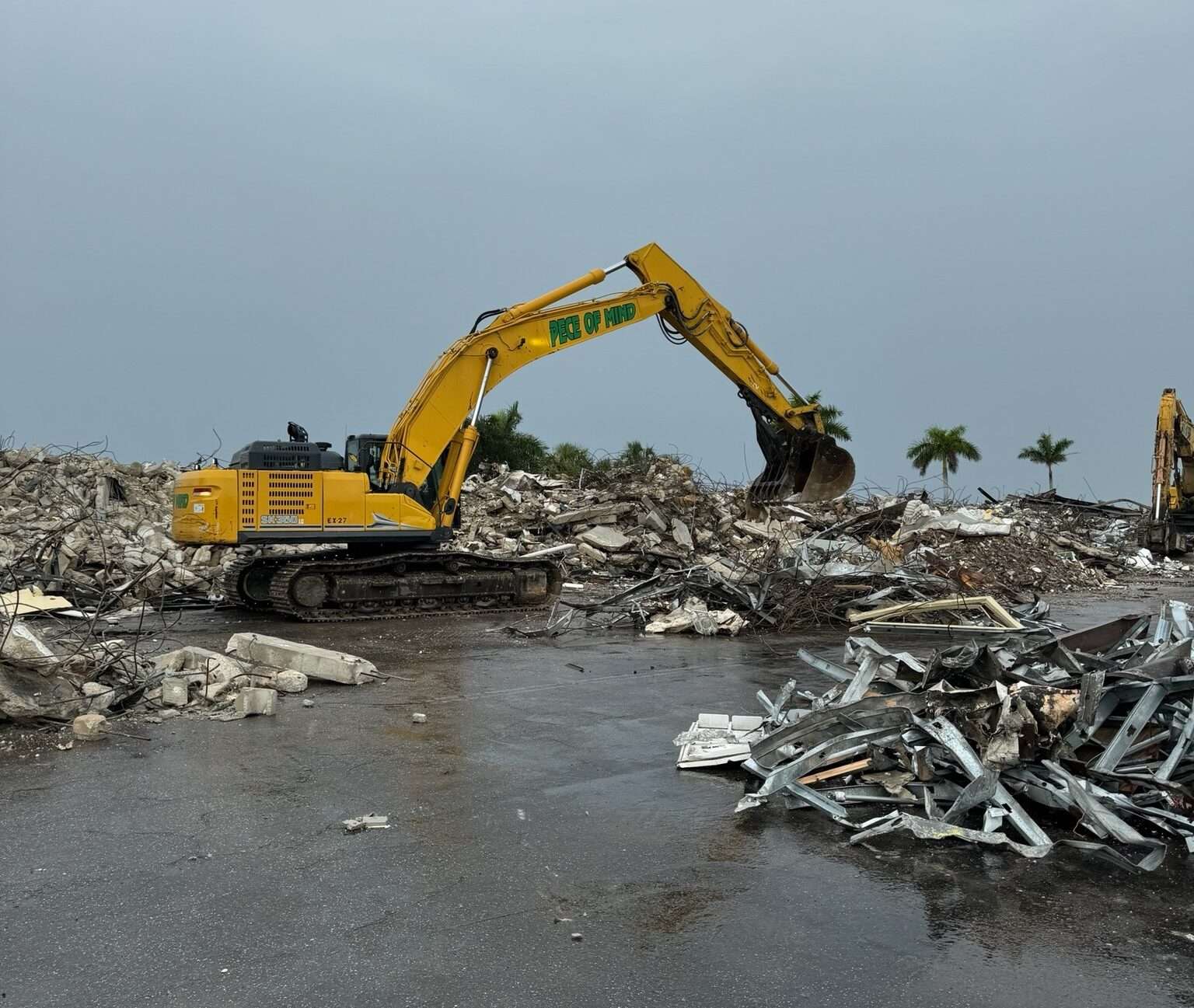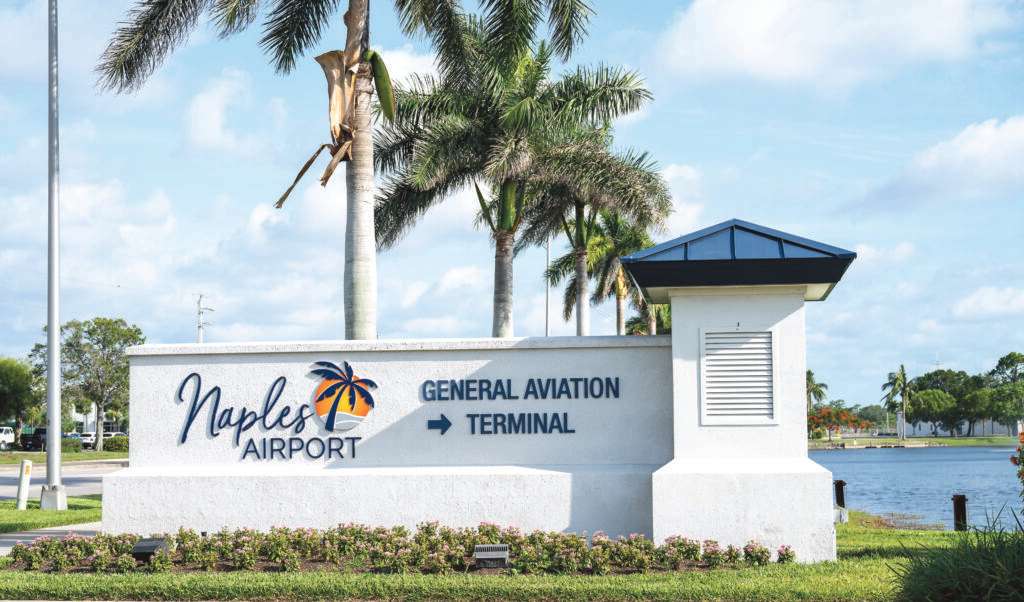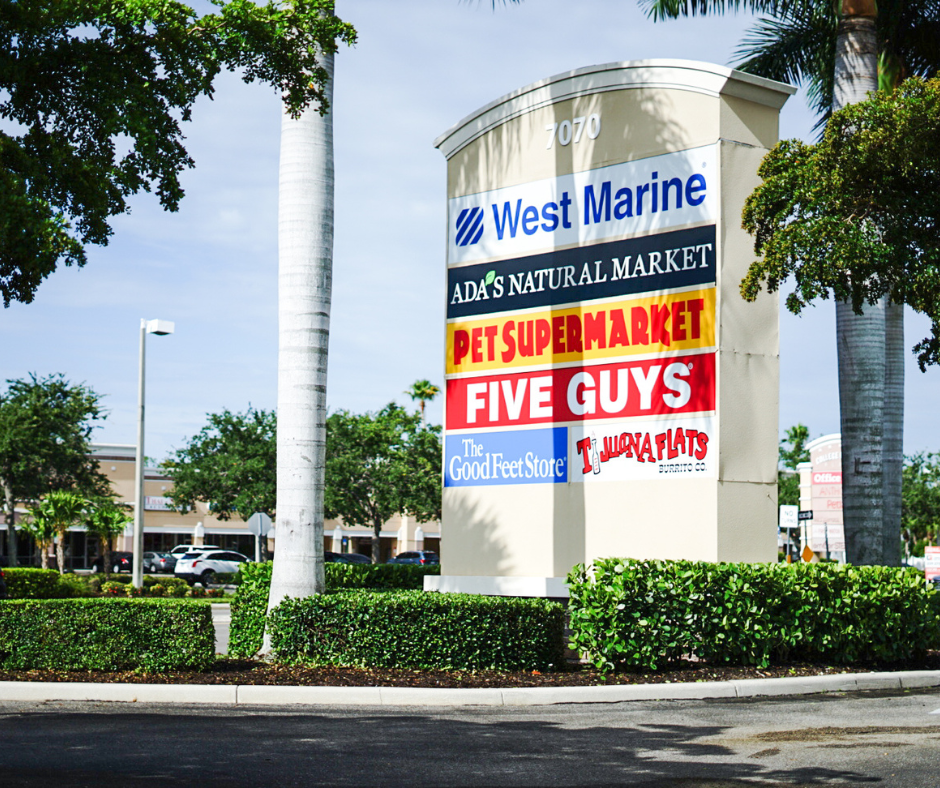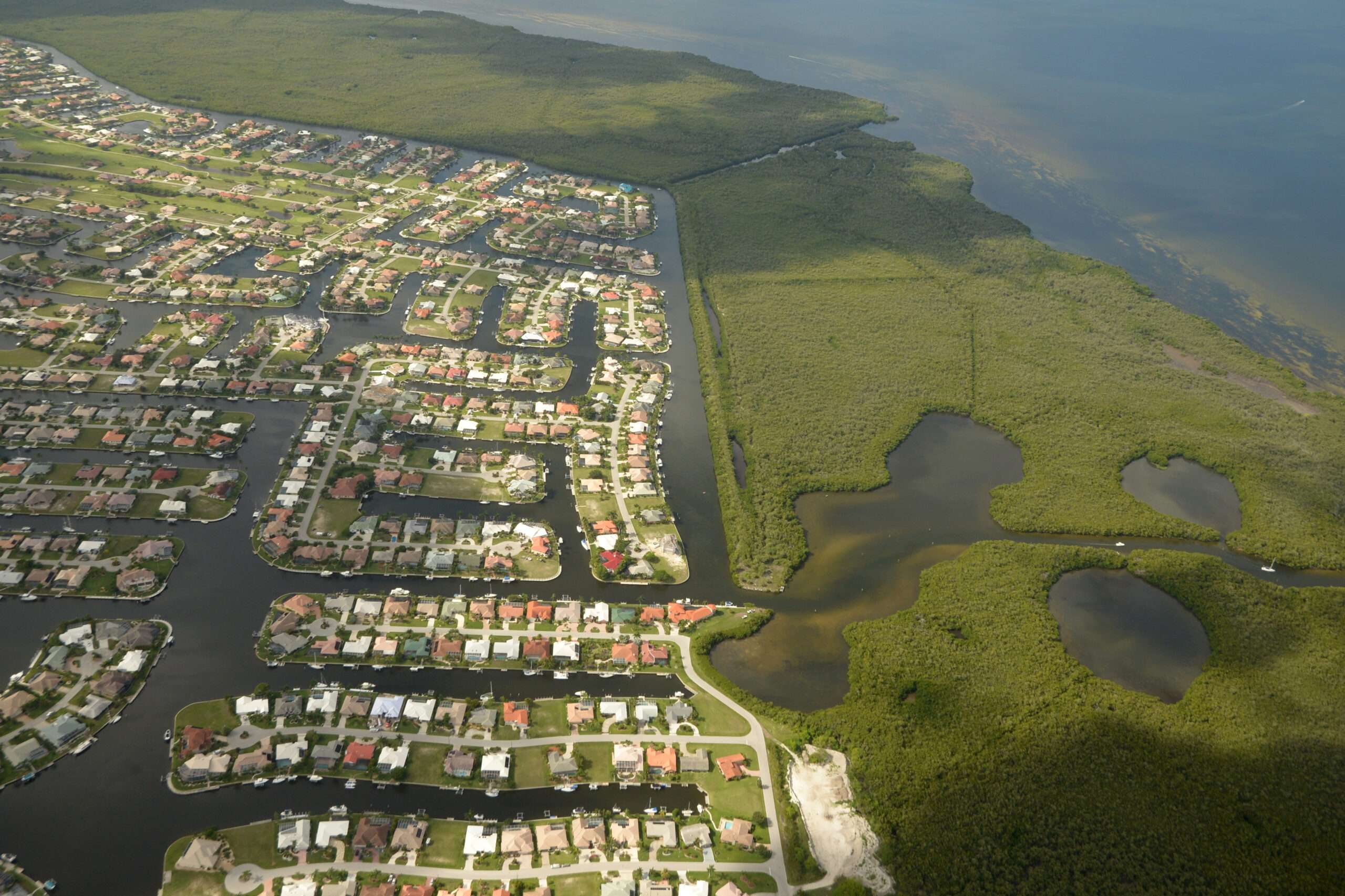Fort Myers Beach will issue a violation to itself concerning temporary Town Hall structures, an unexpected move that raises eyebrows and invites contemplation. On Estero Island, shipping containers dot the landscape, commonly used by contractors for storage and even as sites for culinary ventures. However, a strict directive now requires the removal of these containers from beachfront flood zones by the fast-approaching Monday.
Contractors near the Gulf face a formidable challenge. For them, relocating materials without these containers is a monumental task, consuming hundreds of valuable hours that could be better spent on projects. Community Correspondent Anvar Ruziev captures their struggle: watch as frustration and resilience intermingle in the face of a ticking clock.
Last call for temporary structures on Fort Myers Beach as Town Hall vacates too
“Right now, we find ourselves carrying materials by hand, hauling everything into elevated spaces just to keep them safe. Moisture-sensitive items are crammed indoors, filling nearly finished living rooms,” said Richard Rosario, the Operations Manager at Clyde Johnson Contracting. The imagery of a living room converted into a chaotic storage space strikes a stark contrast to the idyllic beachfront surrounding it.
Beyond the camera’s lens, other contractors express their mounting exasperation. They face tough choices, with thousands of dollars in materials left outside. Their unease echoes a community-wide sentiment; vulnerable materials could pose risks should flooding arise. These industry experts—who, standing in the shadows, remain unnamed—long for additional time to secure their livelihoods.
“In the midst of hurricane season, a deadline in March or April would have made far more sense,” Rosario reflected thoughtfully. His words resonate not just in the industry but within a community heavily shadowed by nature’s whims.
Frankie Kropacek, the town’s Compliance Director, explains the hard line taken on extensions. “We’ve sought repeated leniency from FEMA. We’ve reached out to the town council and even drafted letters to the deputy director of FEMA, hoping for assistance. However, at this moment, it’s simply non-negotiable,” she asserted. The urgency of regulations seems to clash with the real-world implications of those adherent to them.
In an effort to lead by example, the town has decided to self-issue a violation regarding their own Town Hall. “We chose to NOV ourselves. It’s about not just compliance but about exemplifying the standards we expect from our contractors,” Kropacek elaborated. This commitment emphasizes the weight of rules and the community’s dedication to upholding safety amidst chaos.
The rules set forth by FEMA are meant to mitigate flood risks on Fort Myers Beach, safeguarding both properties and lives. Non-compliance could mean a staggering loss of up to 25% on residents’ flood insurance discounts—an alarming reality for those already navigating the stormy seas of uncertainty. As of Monday, the town will begin issuing Notices of Violation for temporary structures, marking a significant point in enforcement.
“As of the 18th, we’re all officially in violation,” Kropacek explained. Subsequently, hearing dates will be established, allowing affected parties a chance to present their cases before a magistrate. The looming sense of consequence hangs palpably in the air, intertwining with the everyday lives of those who inhabit this coastal paradise.
Fort Myers Beach stands at a crossroads of resilience and regulation, a reflection of a community adapting to both nature and governance. The situation continues to evolve, and eyes from within and beyond the community remain peeled on the forthcoming compliance and the hearings that shadow it.




































